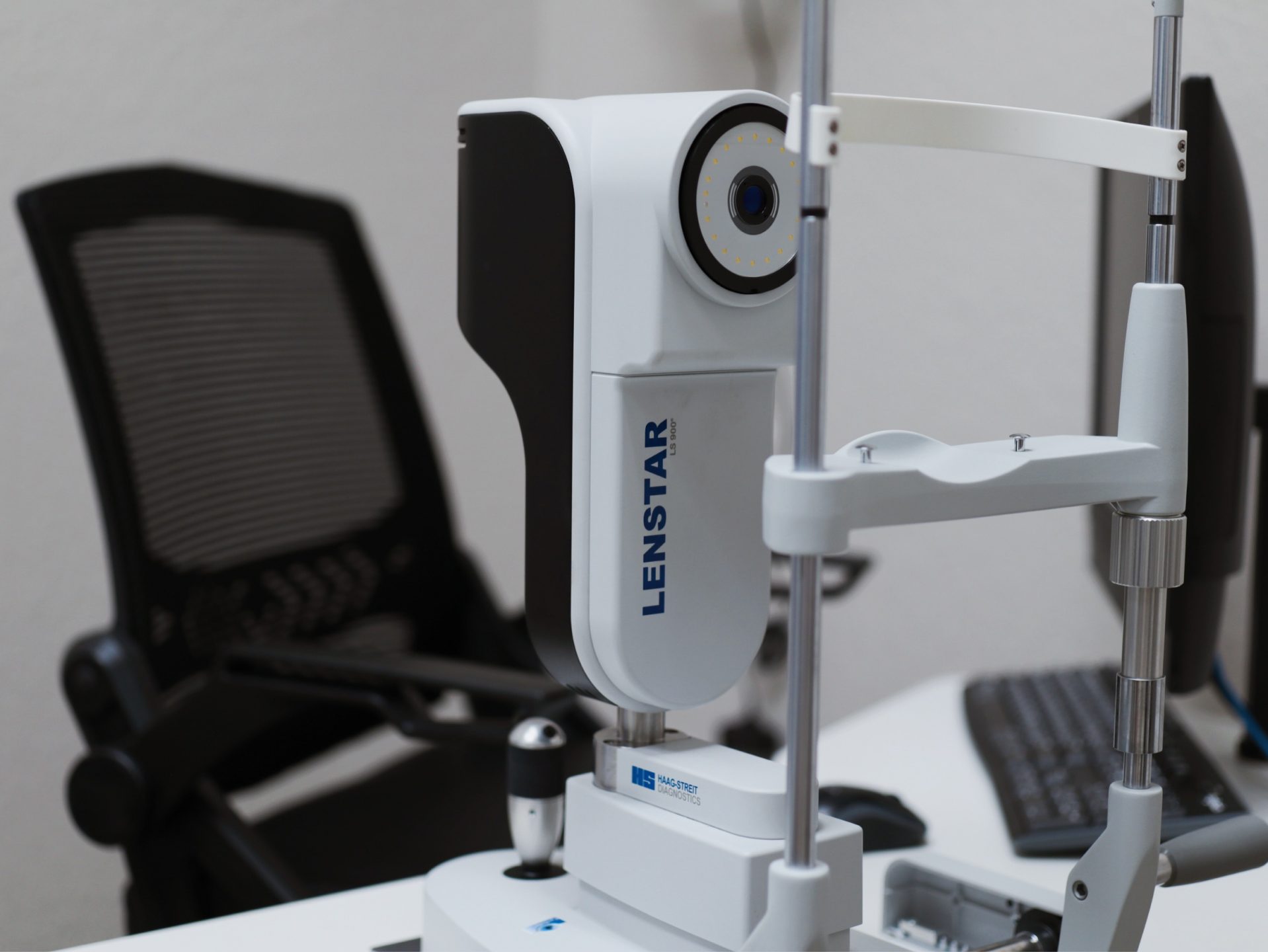Information About Cataracts
Steven Kane, MD
This information is provided purely for educational purposes to improve your understanding of cataracts. It is not a substitute for receiving medical care from your doctor. If you think you may have cataracts or would like to be evaluated, please call your doctor or make an appointment at Tailored Eyes to discuss further.
To learn more about laser cataract surgery, the types of lens implants (IOLs) and astigmatism please see the topic Astigmatism and Lens Implant Options and Femtosecond Laser Cataract Surgery. Eyeglasses or contact lenses are usually required for best vision after cataract surgery.

